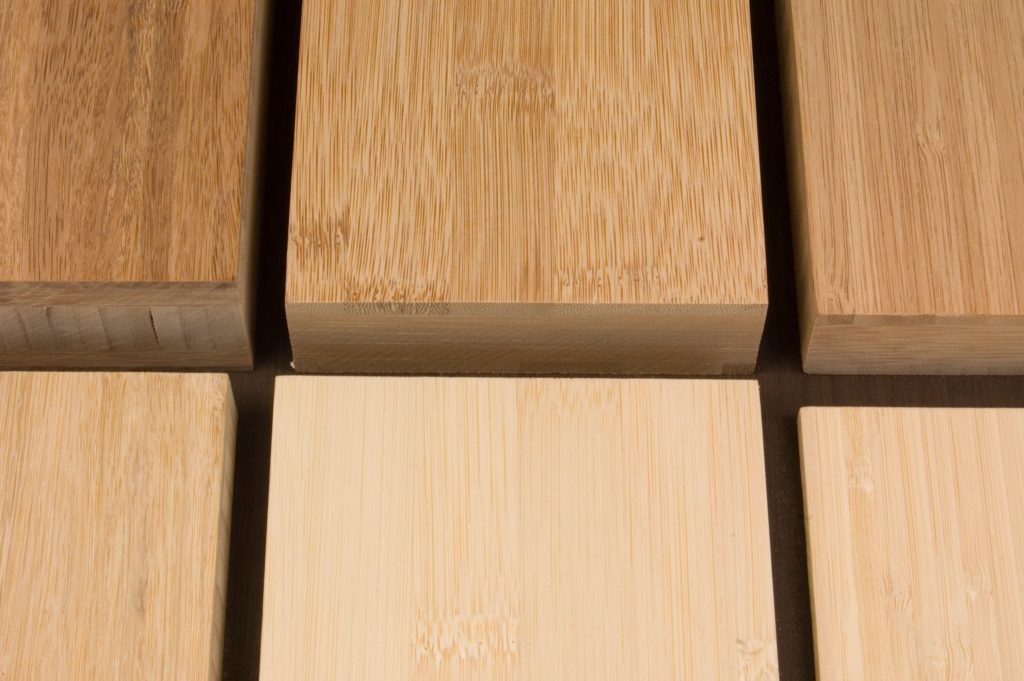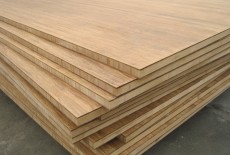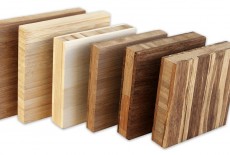Bamboo plywood is a versatile and sustainable material that is becoming increasingly popular in construction, furniture manufacturing and interior design. It offers many advantages over traditional plywood, including environmental friendliness, strength and durability. In this article, we will explore the manufacturing process of bamboo plywood, focusing on the key steps involved in the production of this extraordinary material.
Harvesting Bamboo The process of making bamboo plywood begins with careful selection and harvesting of bamboo. Bamboo is a fast-growing grass that takes only a few years to mature, making it a highly sustainable renewable resource. The bamboo chosen must be mature and free of disease or insect damage. After harvesting, the bamboo is transported to processing facilities for further preparation.
Bamboo Slicing In processing facilities, harvested bamboo is thoroughly cleaned and prepared for slicing. The bamboo stalks or stems are cut into smaller pieces to facilitate the slicing process. These sections are then split into smaller strips that will serve as the raw material for plywood. The strips are usually cut to specific thicknesses and widths based on the specifications required for the plywood.
Treating Bamboo Strips Before bamboo strips can be used to make plywood, they must undergo a treatment process to increase their strength and durability. This may involve various methods such as boiling, steaming or pressure treating the strips to remove moisture and increase their resistance to pests and rot. Additionally, treatment may involve the use of adhesives or preservatives to improve the bamboo’s bonding qualities.
Arranging Bamboo Strips Once the bamboo strips are processed, they are arranged into a specific pattern that forms the core of the plywood. The direction of the strips is carefully considered to ensure optimal strength and stability. The strips are laid in layers, with the texture of each layer perpendicular to the adjacent layer. This cross-hatching of the bamboo strips helps distribute forces evenly and prevents the finished plywood from warping or twisting.
After pressing and gluing the bamboo strips into the desired shape, they are assembled into panels and subjected to high pressure and temperature in a hydraulic press. This process activates the adhesive used to hold the strips together, creating a strong and sticky panel. The pressing process may also involve using molds to shape the panels to their final size. The duration and pressure of the pressing phase are crucial to ensure an even and long-lasting bond between the bamboo strips.
Trimming and Finishing After the bamboo panels are pressed and glued, they are trimmed to final size and undergo any necessary finishing processes. This may involve sanding the surface to achieve a smooth and even texture, as well as applying a protective finish or sealant to enhance the appearance and durability of the panel. The finished bamboo plywood is ready for distribution and widespread use.
In summary, the production of bamboo plywood involves a series of meticulous steps, from the careful selection and preparation of raw bamboo to the pressing and finishing of the final panels. This environmentally friendly and sustainable material offers a promising alternative to traditional plywood, combining strength, durability and aesthetics. As the demand for sustainable building materials continues to grow, bamboo plywood is a prime example of innovative and environmentally friendly manufacturing processes.
Post time: Jan-02-2024








